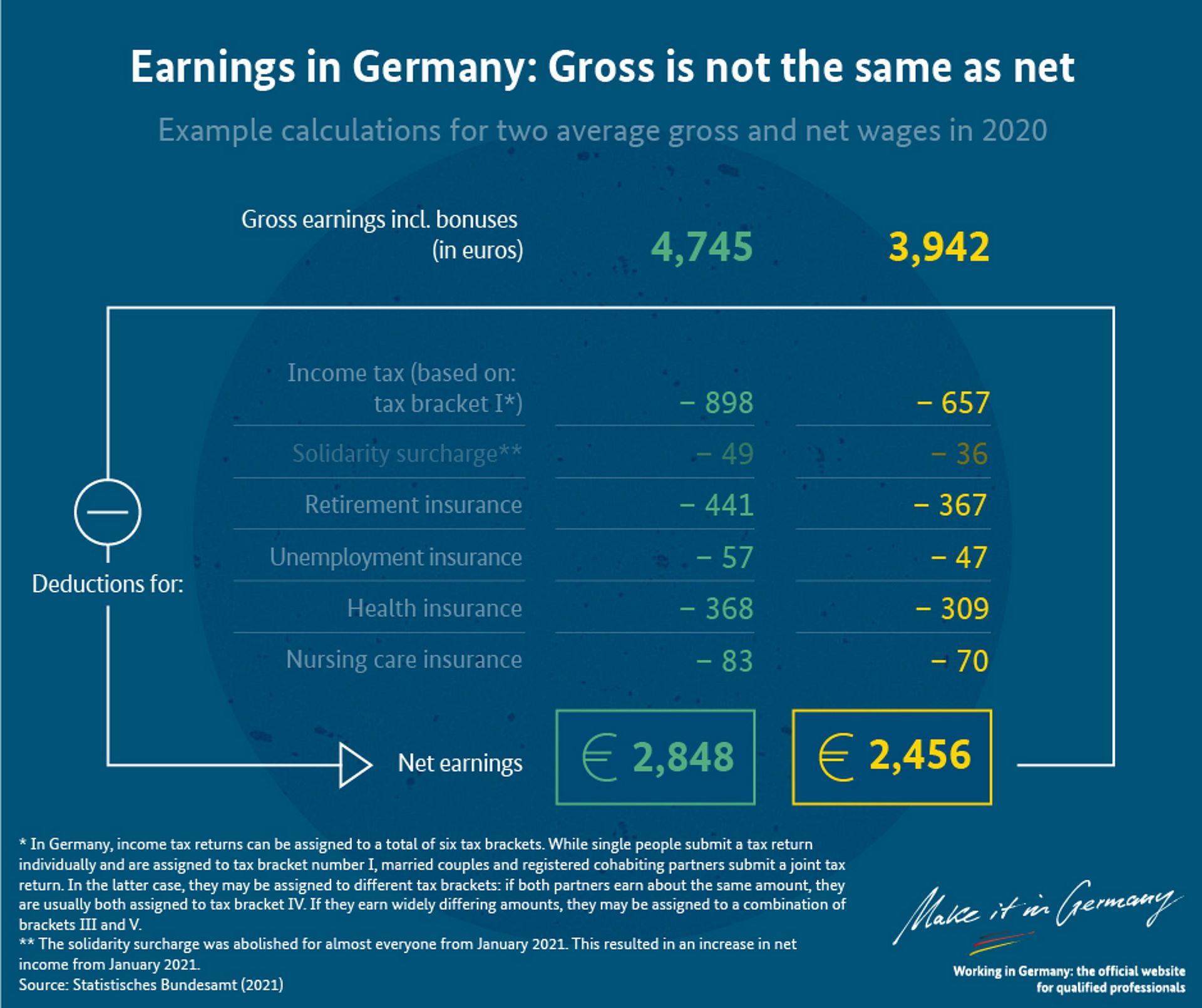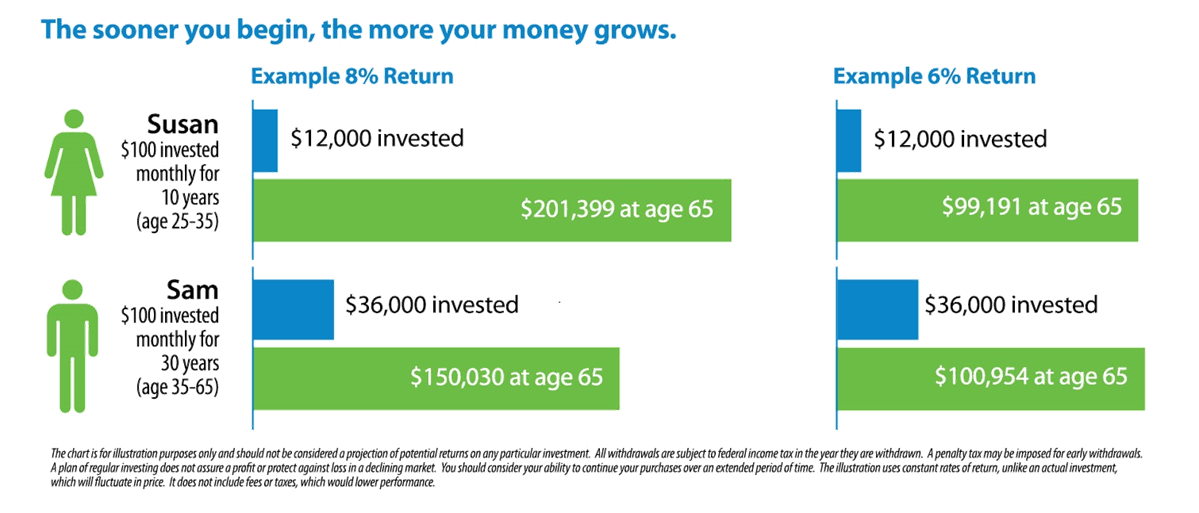
If you are thinking of enrolling in a CFP capstone course, you are probably wondering how much this course costs. We'll discuss the benefits this course offers, its cost, and other options. If you are considering enrolling in the TPSEN Exclusive Updated Exam Set Video Learning Intended For CFP Certification, you'll want to read this article.
TPSEN Exclusive Updated Exam Set Video Learning Intended For CFP Capstone Course For CFP Certification
It is crucial to have the correct information in order to pass the CFP exam. There are many things you can do to prepare for the exam, but there are also some mistakes you should avoid. First of all, you should study the material you are taught, but you should also do practice questions. The actual exam isn't about learning new information. It is about how you apply what you have learned.

You must ensure that you have all necessary information to pass your CFP exam. Exam prep materials can be a great way to ensure you have all the information necessary to pass the exam. However, you also need to take into account the weighting of each area. Education planning, for example, is weighted at 6 percent, while professional conduct, regulation, and supervision are weighted to 7%.
Cost of cfp capstone course
The CFP certification program requires students to complete the Capstone course to receive their certification. This course builds upon the information from the six previous courses and focuses on financial planning. The course uses mini-cases and case studies to tie the different disciplines studied in previous courses together. The capstone course ends with students presenting their financial plan. CFP(r), which is held annually in March and July, is open to graduates of this course. This course can either be taken online or in a traditional classroom setting.
The CFP certification course costs approximately $650 and consists of five courses. The CFP certification course includes a capstone course that costs $850. Both courses require students have to complete a writing project as well as an actual project. The textbook costs include shipping. The course requires students apply what they learn in class to real-life financial planning situations.
Alternatives to cfp capstone course
CFP Board is an alternative to the Capstone Course. This allows students to skip most of the coursework and get straight to the final project. Instead, students will create a detailed financial plan and present the results to a panel made up of CFP(r). This option expands students' scope of services and sets them apart from their peers in the financial planning profession. The Capstone course is a 45-hour program that is required for the CFP(r).

CFP Board announced these changes without inviting public comments. The announcement occurred during a slow news week. After a 2009 open comment period, the CFP Board created Capstone requirements and its current experience. After hearing from stakeholder feedback, the CFP Board created the current rules and changed them to reach their goals. Although it's unclear why the CFP Board changed its requirements, students will be able to determine if they are better than the previous ones.
FAQ
What is a financial planner? And how can they help you manage your wealth?
A financial planner can help create a plan for your finances. They can analyze your financial situation, find areas of weakness, then suggest ways to improve.
Financial planners are trained professionals who can help you develop a sound financial plan. They can help you determine how much to save each month and which investments will yield the best returns.
Financial planners are usually paid a fee based on the amount of advice they provide. Certain criteria may be met to receive free services from planners.
Is it worth having a wealth manger?
A wealth management service can help you make better investments decisions. It should also help you decide which investments are most suitable for your needs. You will be armed with all the information you need in order to make an informed choice.
There are many factors you need to consider before hiring a wealth manger. You should also consider whether or not you feel confident in the company offering the service. Are they able to react quickly when things go wrong Are they able to explain in plain English what they are doing?
Which are the best strategies for building wealth?
It's important to create an environment where everyone can succeed. You don’t want to have the responsibility of going out and finding the money. If you're not careful you'll end up spending all your time looking for money, instead of building wealth.
Avoiding debt is another important goal. While it's tempting to borrow money to make ends meet, you need to repay the debt as soon as you can.
You set yourself up for failure by not having enough money to cover your living costs. If you fail, there will be nothing left to save for retirement.
Before you begin saving money, ensure that you have enough money to support your family.
How much do I have to pay for Retirement Planning
No. These services don't require you to pay anything. We offer free consultations, so that we can show what is possible and then you can decide whether you would like to pursue our services.
Statistics
- If you are working with a private firm owned by an advisor, any advisory fees (generally around 1%) would go to the advisor. (nerdwallet.com)
- As of 2020, it is estimated that the wealth management industry had an AUM of upwards of $112 trillion globally. (investopedia.com)
- US resident who opens a new IBKR Pro individual or joint account receives a 0.25% rate reduction on margin loans. (nerdwallet.com)
- These rates generally reside somewhere around 1% of AUM annually, though rates usually drop as you invest more with the firm. (yahoo.com)
External Links
How To
How To Invest Your Savings To Make Money
You can earn returns on your capital by investing your savings into various types of investments like stock market, mutual fund, bonds, bonds, real property, commodities, gold and other assets. This is called investment. You should understand that investing does NOT guarantee a profit, but increases your chances to earn profits. There are many options for how to invest your savings. One of these options is buying stocks, Mutual Funds, Gold, Commodities, Real Estate, Bonds, Stocks, ETFs, Gold, Commodities, Real Estate, Bonds, Stocks, Real Estate, Bonds, and ETFs. These methods are described below:
Stock Market
The stock market is one of the most popular ways to invest your savings because it allows you to buy shares of companies whose products and services you would otherwise purchase. Buying stocks also offers diversification which helps protect against financial loss. You can, for instance, sell shares in an oil company to buy shares in one that makes other products.
Mutual Fund
A mutual fund can be described as a pool of money that is invested in securities by many individuals or institutions. They are professionally managed pools, which can be either equity, hybrid, or debt. The mutual fund's investment goals are usually determined by its board of directors.
Gold
It has been proven to hold its value for long periods of time and can be used as a safety haven in times of economic uncertainty. Some countries also use it as a currency. Gold prices have seen a significant rise in recent years due to investor demand for inflation protection. The supply and demand fundamentals determine the price of gold.
Real Estate
Real estate is land and buildings. You own all rights and property when you purchase real estate. You may rent out part of your house for additional income. You may use the home as collateral for loans. The home could even be used to receive tax benefits. Before buying any type property, it is important to consider the following things: location, condition and age.
Commodity
Commodities refer to raw materials like metals and grains as well as agricultural products. Commodity-related investments will increase in value as these commodities rise in price. Investors who want the opportunity to profit from this trend should learn how to analyze charts, graphs, identify trends, determine the best entry points for their portfolios, and to interpret charts and graphs.
Bonds
BONDS can be used to make loans to corporations or governments. A bond is a loan that both parties agree to repay at a specified date. In exchange for interest payments, the principal is paid back. Bond prices move up when interest rates go down and vice versa. Investors buy bonds to earn interest and then wait for the borrower repay the principal.
Stocks
STOCKS INVOLVE SHARES OF OWNERSHIP IN A COMMUNITY. Shares only represent a fraction of the ownership in a business. Shareholders are those who own 100 shares of XYZ Corp. When the company earns profit, you also get dividends. Dividends can be described as cash distributions that are paid to shareholders.
ETFs
An Exchange Traded Fund (ETF) is a security that tracks an index of stocks, bonds, currencies, commodities, or other asset classes. ETFs trade in the same way as stocks on public exchanges as traditional mutual funds. The iShares Core S&P 500 eTF, NYSEARCA SPY, is designed to follow the performance Standard & Poor's 500 Index. If you purchased shares of SPY, then your portfolio would reflect the S&P 500's performance.
Venture Capital
Venture capital is the private capital venture capitalists provide for entrepreneurs to start new businesses. Venture capitalists provide financing to startups with little or no revenue and a high risk of failure. Venture capitalists invest in startups at the early stages of their development, which is often when they are just starting to make a profit.